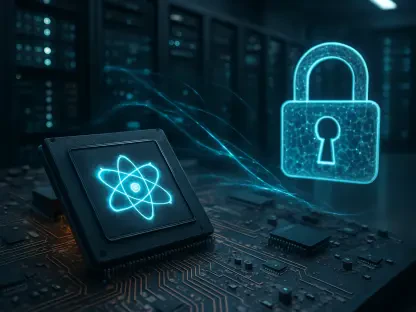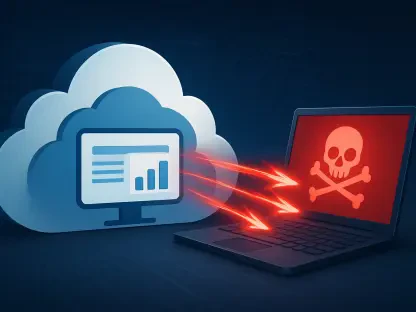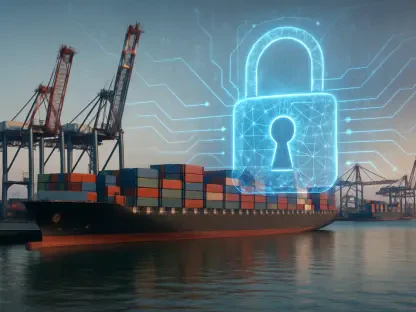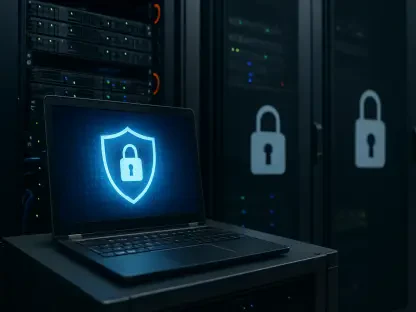In today’s rapidly evolving technological landscape, cybersecurity is a critical concern for nations around the world. Rupert Marais, an in-house security specialist with expertise in endpoint security, cybersecurity strategies, and network management, sheds light on the often complex intersections between policy, technology, and national security. With recent changes in U.S. cybersecurity directives, understanding shifts in policy is more crucial than ever.
How do the cybersecurity policies under Trump’s recent executive order differ from those of Biden and Obama?
The recent order is quite distinct as it pivots towards newer threats like artificial intelligence and post-quantum computing, while scaling back some previous priorities. Both Obama and Biden focused on expanding regulatory oversight and broadening digital identity mechanisms, which Trump has criticized as overreaches or potential security pitfalls, such as the Biden-era digital ID program.
In what ways has the Cybersecurity and Infrastructure Security Agency (CISA) been impacted following changes instituted since Trump took office?
CISA has faced significant cutbacks in both personnel and resources. This reflects the administration’s stance that CISA had overextended its role. The current directive aims for a more decentralized approach, suggesting cybersecurity management at individual department levels rather than centralized oversight, which marks a stark departure from previous administrations.
Could you provide insight into the prohibition of cyber sanctions against domestic adversaries within the Trump executive order?
This move seems rooted in the concern that such powers might be used politically rather than strictly for cybersecurity purposes. The administration appears to wish to avoid creating tools that could be misapplied against political opponents, indicating caution in how cyber-related powers are deployed domestically.
Why was the Biden-era digital ID program deemed problematic according to the Trump administration?
The Trump administration believed the digital ID program might be exploited for fraud, particularly by undocumented immigrants. They feared it could introduce vulnerabilities rather than shore up digital identity security as initially intended. Such potential misuse was seen as overshadowing its intended benefits, prompting its termination.
What advancements does the new executive order suggest for enhancing software supply chain security and IoT cybersecurity?
The order proposes certification for secure devices through a Cyber Trust Mark, aiming to fortify IoT security. For the software supply chain, it shifts towards less burdensome compliance processes, advocating for genuine security investments and innovation rather than just stringent regulatory checklists.
How does the order confront emerging challenges like artificial intelligence and post-quantum computing?
By acknowledging these technologies’ growing impact, the order sets the stage for incorporating AI and quantum considerations into policy planning. It supports post-quantum cryptography remediation and urges agencies to proactively address these advancing technologies to maintain strategic advantages.
What implications will revising the NIST Secure Software Development Framework have for enterprises?
The anticipated revisions should make it clearer for enterprises to adopt “Secure by Design” principles from inception, thereby improving cybersecurity postures from the ground up. This approach seeks to harmonize compliance with innovation, ensuring security is integrated into software development processes effectively.
Can you explain the significance of Rules-as-Code in the latest executive order?
Rules-as-Code represents a shift towards embedding regulatory requirements directly into systems via code. This aims to streamline compliance processes, making them more automated and adaptable to the fast pace of cybersecurity threats, including those from AI and quantum technologies.
How does Rules-as-Code propose to enhance compliance while addressing modern cybersecurity threats?
It seeks to transform regulatory compliance into a dynamic and automated process, better aligning with technological threats’ rapid evolution. By converting policies into machine-readable code, it enables faster adaptation and more reliable enforcement, essential in tackling AI and quantum-related challenges.
What challenges might arise in encouraging private software companies to share information under the proposed voluntary guidance system?
Securing voluntary cooperation from software firms is challenging since companies are traditionally protective of proprietary information. Balancing confidentiality with transparency and illustrating the benefits of sharing data are critical in overcoming resistance and fostering collaboration.
How is the executive order facilitating the implementation of post-quantum cryptography?
The order promotes the adoption of TLS 1.3 standards and directs federal bodies to expedite securing communications with post-quantum solutions. It outlines specific product categories for integration, indicating a shift from theoretical discussions to practical implementations.
What steps are being put in place to ensure federal communications remain secure post-quantum?
By setting clear adoption timelines for TLS 1.3 and orchestrating updates on post-quantum tools availability, the order establishes a structured path to reinforce federal communications, preparing them for quantum-related challenges before they manifest.
Could you highlight the main advantages and disadvantages of Trump’s cybersecurity approach compared to previous administrations?
The Trump approach emphasizes agility and innovation over comprehensive regulatory compliance, potentially speeding up response times to emergent threats. However, this can lead to challenges like underfunding and talent shortages, risking gaps in coverage and strategic depth.
Given the current talent shortages in cybersecurity, what strategies could be deployed to bolster the necessary skill sets for implementing these initiatives?
Investing in education and developing robust training programs is crucial. Leveraging partnerships with educational institutions and private sectors could also fill skill gaps, while reassessing talent distribution and retention strategies within agencies might mitigate current shortfalls.
How crucial is funding in executing the policies outlined in the executive order?
Funding is pivotal—these initiatives require significant investment not only to hire qualified personnel but also to support technological advancements and infrastructure upgrades. Without sufficient financial backing, even the most well-defined policies may falter in execution.









